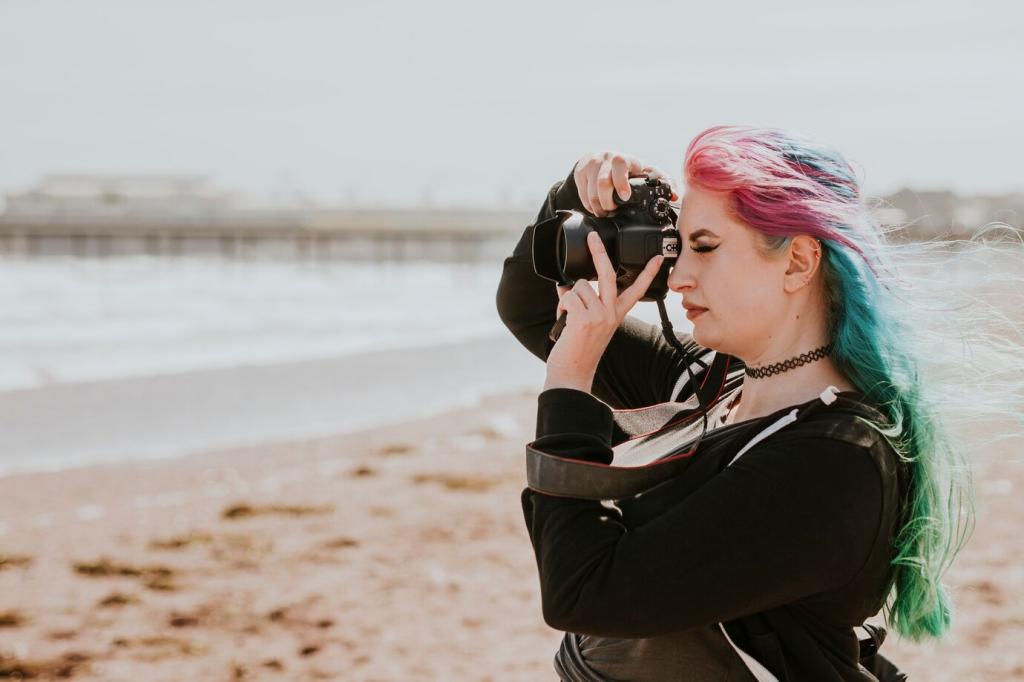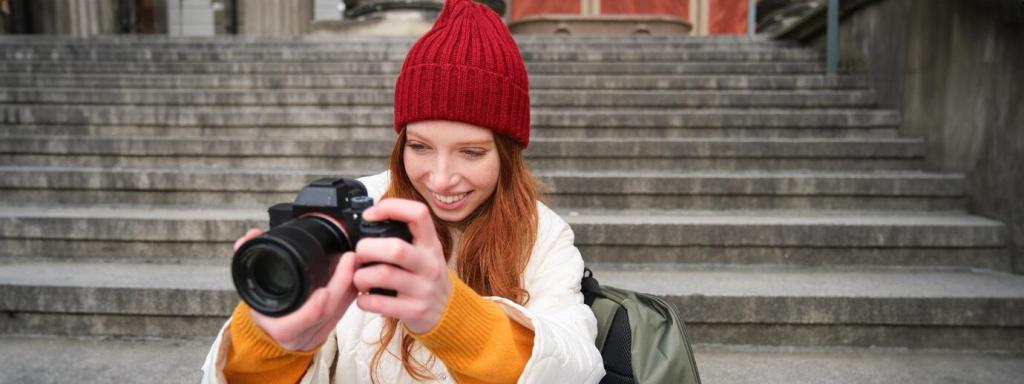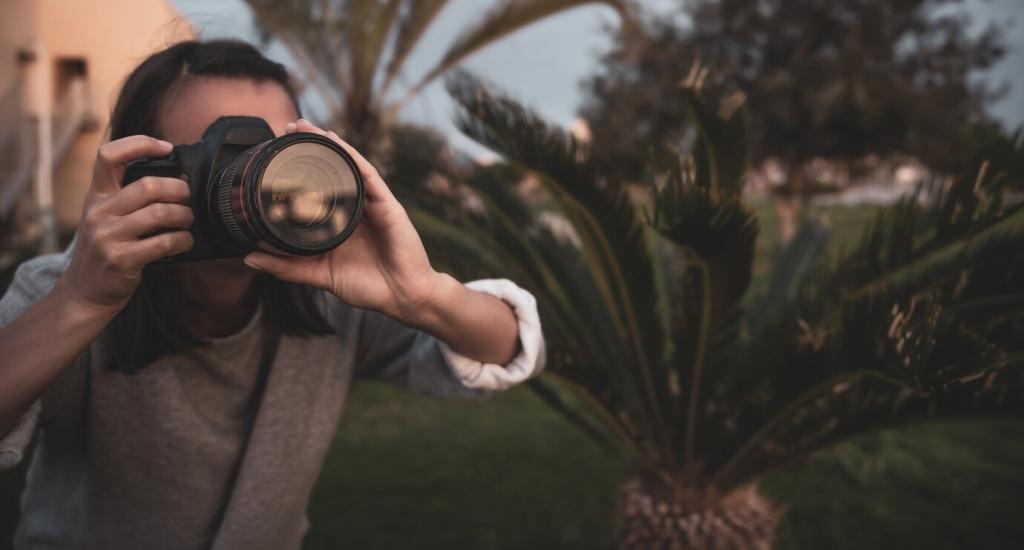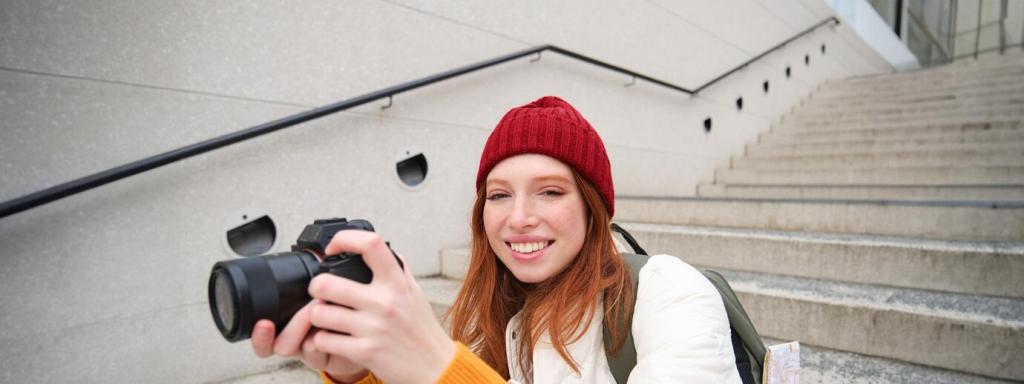Smartphone Photography Tips for Capturing Books in English
Understanding Lighting for Book Photography

Harnessing natural light is a photographer’s secret weapon. Position your book near a window during daylight hours, letting the soft, diffused sunlight illuminate the pages evenly. Harsh overhead lighting or direct sunlight can create unwanted shadows and glare, fading text and diminishing visual impact. Early morning and late afternoon offer the warmest tones, giving your images a cozy, inviting feel. Adjust the angle to reduce strong contrasts and enhance legibility. If daylight isn’t available, simulate its effect with a lamp filtered through a sheer fabric to create similar softness, always positioning the light source at an angle rather than directly overhead.
Composing the Perfect Shot
Careful framing can dramatize, simplify, or contextualize your book photography. Positioning the book off-center employs the rule of thirds, drawing the viewer’s eye in a natural way. Leaving some space around the book allows background elements to enhance the scene without overcrowding it. Frame so that important details, such as a title or illustration, are clearly highlighted, giving your audience instant recognition of what makes this book special.

Steadying Your Smartphone
A shaky hand can spell disaster for detail-oriented photography, resulting in blurred lines and unreadable text. Prop your smartphone on a stable surface or use both hands for extra assurance. If you have access to a small tripod or even a stack of books to rest your elbows, employ it for longer exposure times or low-light conditions. The steadier you are, the sharper your image will be—making each page’s details pop.
Focusing Accurately
Smartphones allow you to manually set the focus by tapping on your subject—use this function liberally. Always tap the area you want sharpest, such as a particular line of text or a striking illustration. For challenging lighting conditions or closely packed typography, adjusting the focus ensures the specific detail isn’t lost in a sea of blur. Take your time to double-check sharpness by previewing your shot in full zoom before moving on.
Managing Exposure for Detail
Exposure controls how light or dark your image appears. Too much exposure can bleach delicate print, while too little can render it muddy and unreadable. Use your smartphone’s exposure adjustment slider when tapping to focus, increasing or decreasing light until all letters and details are crystal clear. For pages with heavy illustrations or marginalia, tailor exposure to preserve both light and dark elements within the same frame.
Showcasing Special Book Features
01
Highlighting Covers and Typography
Book covers are often a work of art, blending typography, imagery, and texture. Capture the essence of a cover by angling the light to reveal finishes—matte, glossy, or embossed. Make sure titles, author names, and significant design elements are in sharp focus. Pay attention to colors; richness and accuracy depend on both lighting and exposure, so tweak your settings until the cover radiates exactly as it appears to the naked eye.
02
Capturing Illustrations and Graphics
Many books offer more than text—think vibrant illustrations, maps, or illuminated manuscripts. Adjust your camera’s focus and exposure specifically for these elements, ensuring vibrant and true-to-life reproduction. Consider using macro mode if available, allowing extraction of minute details like brushstrokes, line-work, or signature marks. Carefully compose to avoid shadowing from your own hands or phone, and adjust the angle to minimize page curvature distortion.
03
Documenting Unique Book Elements
Limited editions, author inscriptions, and ornate bindings tell as much of a story as the text inside. Document these moments by positioning them prominently in your shot. For autographs, zoom in close, set the focus at the penned message, and ensure there’s no glare. For decorative spines or edge-gilding, play with side lighting to showcase textures. Let each feature speak through your lens, transforming your book photography collection into a visual memoir.

Exploring Manual Mode Features
Many smartphones offer a manual or pro mode that unlocks advanced camera controls. Adjust settings such as ISO, shutter speed, and white balance to match your shooting environment. Lower ISOs reduce noise for cleaner images, while slower shutter speeds can gather more light in dim scenes. Manual focus controls help you nail precise sharpness—particularly useful for close-ups with shallow depth of field.

Adjusting White Balance for Accurate Color
White balance determines the warmth or coolness of your photo’s colors. With books, accurate color is crucial, especially for artwork or rare covers. Set your smartphone’s white balance manually if automatic options fall short, matching the temperature to your environment—cool for daylight, warmer for indoor bulbs. This subtle adjustment ensures that cream pages, vibrant covers, and colored illustrations are faithfully represented.

Enhancing with Third-Party Camera Apps
Beyond stock camera software, third-party apps offer tools for book lovers. Applications like Adobe Lightroom Mobile or Camera+ enable sophisticated manual adjustments, fine-tuning focus, and tailored exposure controls. Some apps include grid overlays for better alignment and composition, while others provide advanced stabilization features. Don’t hesitate to explore these enhancements to gain professional-level control directly from your smartphone.
Editing and Enhancing Your Photos
Cropping refines your composition, removing unnecessary distractions and focusing attention where it matters most. After cropping, straightening tools can correct off-kilter angles and page warps, making book pages appear more professional and readable. Ensure text or cover lines are parallel with your photo frame’s edges for a polished, engaging result.

Creative Approaches and Inspiration
Experimenting with Props and Themes
Integrate related props to invigorate your compositions—bookmarks, literary mugs, cozy throws, or pens. Consider thematic setups inspired by plot or setting: mystery books with candlelight, fantasy novels with magical elements, or travel journals beside world maps. These touches create immersive visual stories that go beyond mere documentation, inviting viewers to share in your literary adventure.
Playing with Depth of Field
Smartphones increasingly offer portrait or aperture simulation modes, allowing you to blur backgrounds and draw the eye straight to your subject. Use shallow depth of field to isolate passages, illustrations, or author signatures, adding a sense of focus and intimacy to your shots. Play with foreground and background elements for a more layered, engaging visual effect, making your book photos unmistakably yours.
Drawing Inspiration from Social Media
Platforms like Instagram and Pinterest are rich with book photography inspiration. Explore hashtags like
